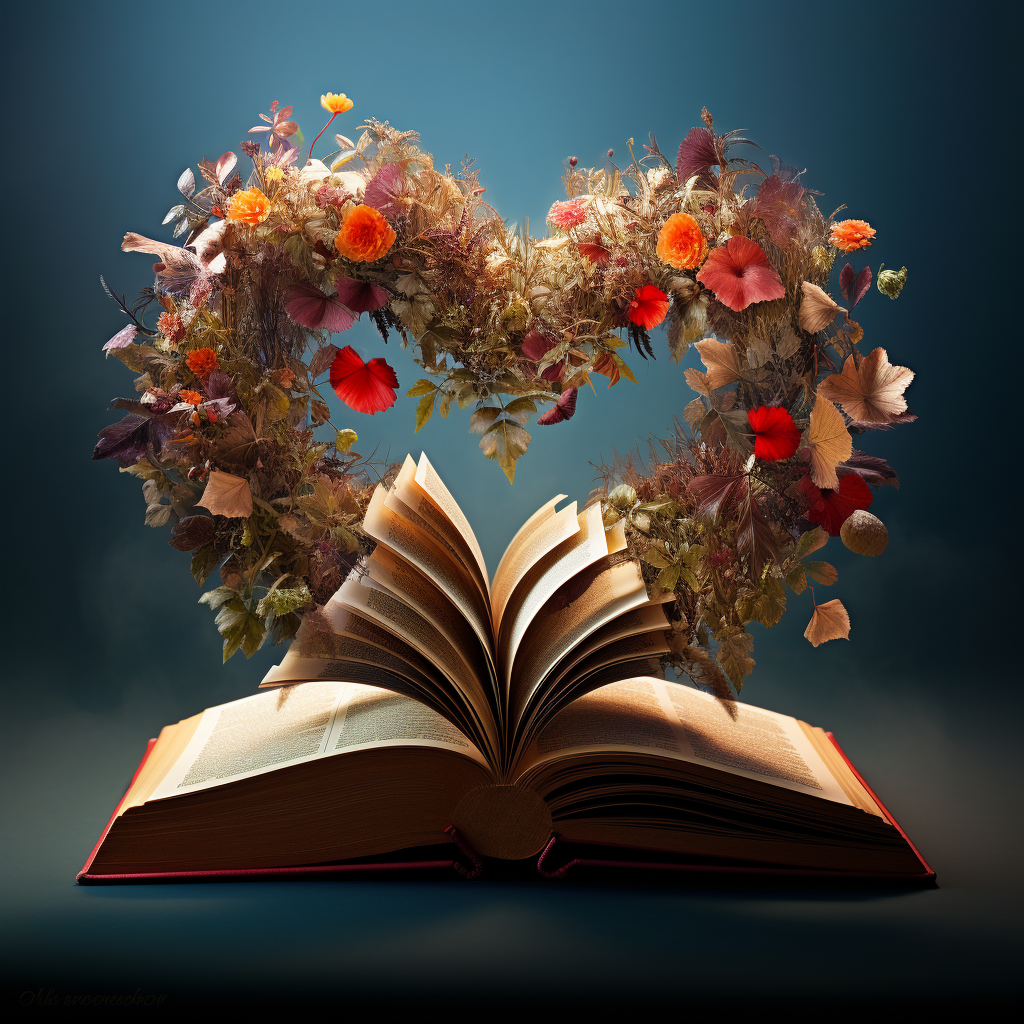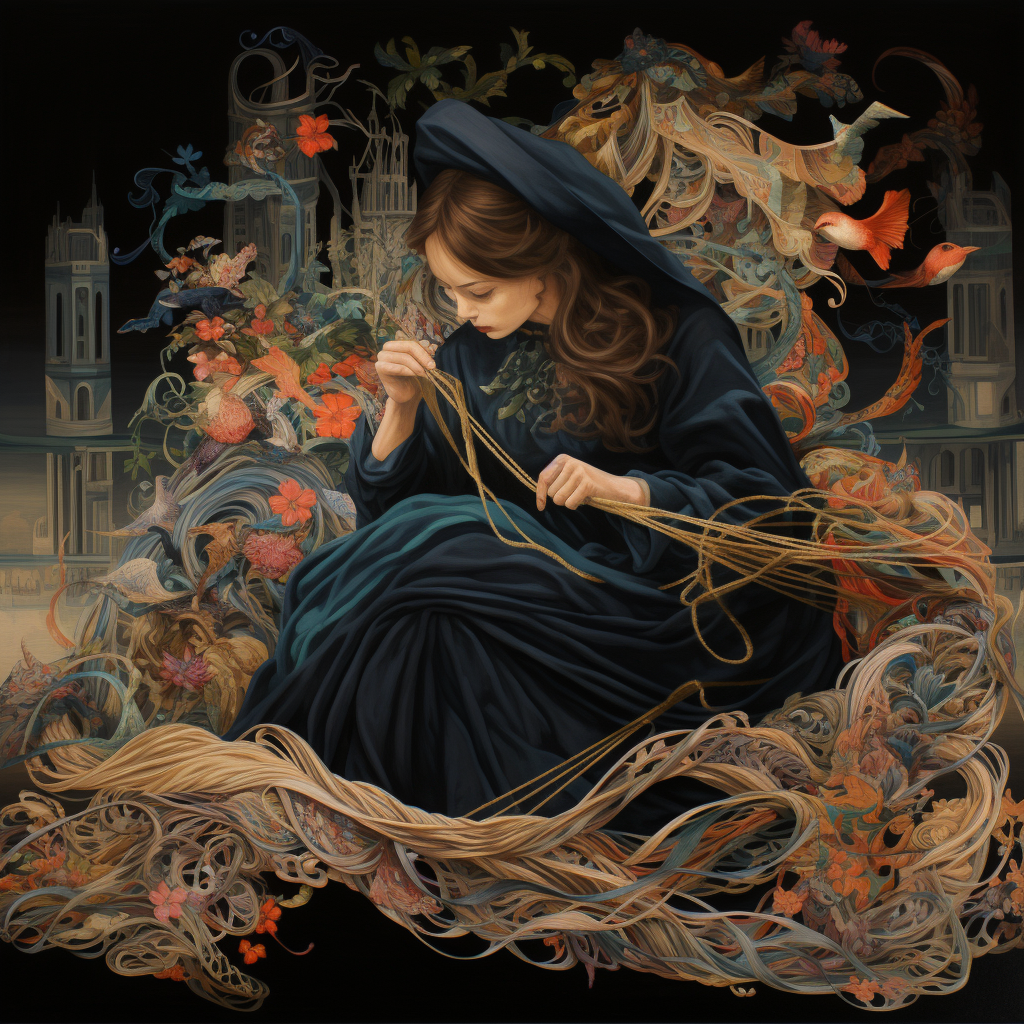
When you step into the enchanting world of poetry, you might find yourself wondering how many lines must a poem have? Poetry, like the boundless sky, encompasses a wide range of forms and structures, from succinct haikus that contain just a handful of lines to epic narratives that sprawl across numerous pages. The length of a poem, like a painter’s canvas, is a vital element that poets use to convey their messages, emotions, and stories.
In this exploration of poetic brevity and expansiveness, we’ll dive into the intriguing world of poem length, uncover its significance, and learn how it can transform the very essence of verse. Whether you’re a budding poet seeking to understand the craft or a curious reader eager to decode the magic, join us on this journey through the lines that shape the soul of poetry.
I. The Heartbeat of Poetry: Rules and Structure

Every poetic masterpiece begins with a strong foundation, much like a skyscraper’s blueprint, and poetry is no exception. To understand the core of poetry, we must first grasp its rules and structure.
Defining Poetry’s Rules: Think of poetry rules as the architectural plans for a magnificent building. They provide the essential framework for artistic expression, shaping the poem’s form, style, and sometimes even its content. These rules are the very threads that weave the fabric of a poem.
Now, let’s delve deeper into the heart of poetry and explore its most fundamental rule.
The Number One Rule of Poetry: Embrace Authenticity
In the expansive universe of poetry, where countless rules and forms coexist, one principle serves as the bedrock of poetic expression:
Embrace Authenticity: The Ultimate Rule of Poetry
This rule acts as the guiding North Star for poets, akin to a compass that directs them toward the true essence of poetry. But what does it truly mean to embrace authenticity in the realm of poetry? Let’s embark on a journey to uncover the depth of this poetic principle.
II. How Many Lines Must a Poem Have? Authenticity Your Unique Voice

Picture this: You’re an artist facing a blank canvas, a musician composing an original melody, or a chef crafting a new culinary masterpiece. In these moments, your authenticity radiates brilliantly. Likewise, in the world of poetry, authenticity encompasses the art of expressing your distinctive voice, thoughts, and emotions.
Your poetry is not a prisoner of societal norms or preconceived notions. Instead, it’s an expansive canvas where your soul paints the most genuine strokes of creativity. When you wholeheartedly embrace authenticity, your words resonate with profound sincerity and unwavering truth. Let’s delve deeper into the profound significance of cultivating your unique poetic voice.
III. Navigating Poetry’s Seas with Authenticity

Having uncovered the paramount rule of embracing authenticity in poetry, it’s time to embark on a poetic voyage that traverses the seas of creativity with unwavering genuineness.
1. Connect with Your Inner Poet: A Journey Inward
Authenticity is not a distant shore but a place within. To begin, you must dive deep into the vast ocean of your thoughts, feelings, and experiences. Allow your inner poet to surface without the chains of inhibition, letting the raw essence of your creativity flow freely.
2. Be True to Yourself: Sail Against the Current
In a world often bound by trends and expectations, authenticity stands as a lighthouse guiding your poetic ship. Don’t be swayed by the tides of conformity. Write what stirs your soul, even if it doesn’t align with popular styles or themes. Authenticity beckons you to stay true to your artistic vision, even if it means sailing against the current.
3. Embrace Vulnerability: The Strength in Sensitivity
Authentic poetry often navigates the depths of vulnerability, exploring raw and unfiltered emotions. Don’t flinch from expressing feelings that might make you uncomfortable. It’s through vulnerability that your poetry gains strength, and you forge an unbreakable connection with your readers.
4. Revise with Integrity: The Art of Refinement
In the process of refining your poetic work, remember to uphold the integrity of your unique voice. As you enhance your creations, preserve the authenticity that makes them distinctly yours. Each revision should be a testament to your unwavering commitment to truth and artistry.
5. Seek Inspiration, Not Imitation: The Dance of Influence
While it’s natural to draw inspiration from other poets, tread carefully to avoid the pitfall of imitation. Let their work kindle the fires of your creativity, but infuse it with the unmistakable essence of your distinctive voice. In the grand dance of poetic influence, authenticity is your partner, guiding each step.
6. The Role of Personal Experience: A Deep Well of Authentic Material
Personal experiences and memories are wellsprings of authentic poetic material. Delve into your own life’s tapestry, extracting emotions and stories that resonate with genuine authenticity. Your own narrative becomes a powerful source of inspiration.
7. Authenticity in Different Poetic Styles: A Multifaceted Journey
Authenticity takes on diverse forms in various poetic styles, from the structured elegance of sonnets to the boundless freedom of free verse. Explore how poets across different ages and backgrounds have embraced authenticity in their unique ways, weaving the rich tapestry of poetic expression.
In the realm of poetry, rules and structure are the notes in a melodious composition. They provide the framework for your creative journey while allowing the free-spirited melody of your soul to shine through. As you set sail on your poetic odyssey, keep in mind that poetry is a dynamic art form where rules and creativity entwine, giving birth to something truly extraordinary.
Weaving Poetry’s Tapestry: The Endless Thread of Verses

With verses as our threads and imagination as our loom, we’ve woven our way through the intricate tapestry of poetry. In the enchanting world of verse, we’ve explored the question, “How many lines must a poem have?” and discovered that the answer is as diverse as the poets themselves.
Just as the stars fill the night sky with their unique brilliance, poems come to life in countless forms and lengths, from succinct haikus to epic sagas. The beauty of poetry lies in its boundless freedom—a canvas where the heart’s whispers, the mind’s musings, and the soul’s yearnings find expression.
So, dear poet or poetry enthusiast, remember that in this wondrous realm, there is no rule too rigid, no form too fixed. Whether your lines are a handful or a multitude, they carry the magic of your thoughts, the melody of your feelings, and the essence of your voice.
As you pen your verses, may your words dance like dappled sunlight on a tranquil lake, reflecting the depth and beauty of your inner world. In the end, it’s not the count of lines that matters but the emotions they evoke and the stories they tell.
So, write on, weave your tales, and let your poetry be the tapestry of your soul. In this timeless art form, the journey is as significant as the destination, and every line you craft is a brushstroke on the canvas of eternity.
Learn More About Earning Income from Your Poetry
- Publish Poetry Online and Get Paid
- Do you get paid for publishing poetry?
- How can I get my poetry noticed?
- How much should I sell my poetry for?
- How much does it cost to publish poetry?
- Can anybody be a poet?
- What are the 11 rules in writing a poem?
- What is the number one rule of poetry?
- How many lines must a poem have?
- What is a single line of poetry called?
- What is a poem with one line called?
- What is the middle of a poem called?
- Why don’t poets follow grammar rules?
- What is 3 line poetry called?
- What should a poem look like?
- How to write good poems?
Frequently Asked Questions (FAQs)
1. Can a poem have any number of lines?
Poetry is wonderfully diverse, and the number of lines can vary. Poems can have just a few lines or stretch for pages. The choice is yours as a poet.
2. What is the most common line count in poems?
While there’s no “most common” line count, many traditional forms, like sonnets, have specific line counts. However, modern poetry often embraces free verse, where line counts are fluid.
3. How do I decide the line count for my poem?
Let your poem’s content and emotions guide you. Some feelings may be succinctly expressed in a few lines, while others may require more space.
4. Are there rules for line breaks in poetry?
Yes, line breaks are an essential aspect of poetic structure. They can emphasize certain words, create rhythm, and affect how readers interpret your poem.
5. Can I experiment with line counts to create unique effects in my poetry?
Absolutely! Poetry is a form of artistic expression, and experimenting with line counts can lead to innovative and captivating results. Don’t be afraid to push the boundaries of traditional forms or create your own.